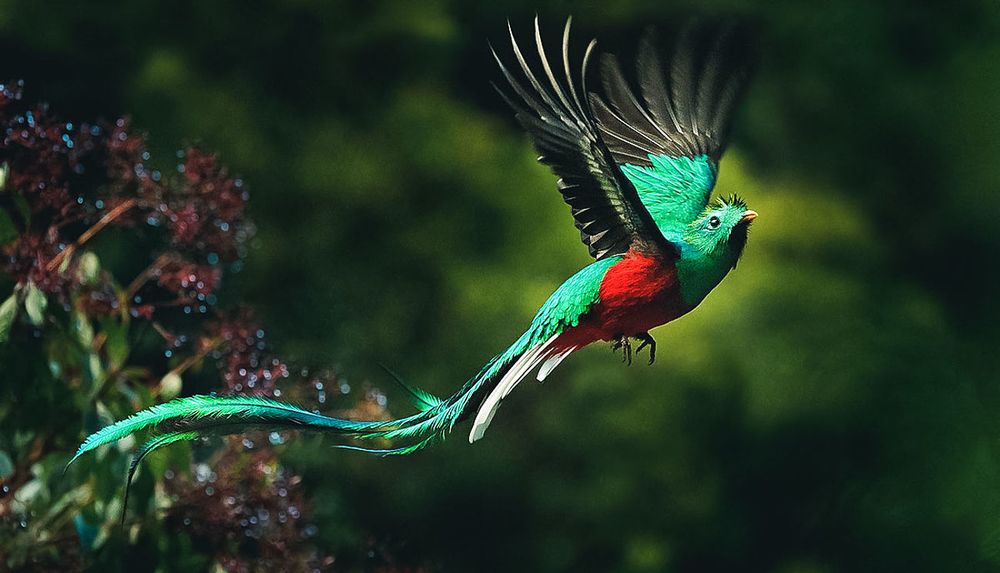On August 3, 1993, the most important private art collection in the world (property of Baron Hans Heinrich Thyssen Bornemisza) was acquired by the Spanish government. It was the culmination of a long process in which Spain completed the circle initiated with the Prado museum and the Reina Sofia museum. Madrid became, with the designated Art Walk (Paseo del Arte), the world reference for pictorial art.
Thyssen Museum history: The Thyssen family
The history of the Thyssen-Bornemisza Collection goes back to the 1920s. Heinrich Thyssen was the son of a steel mogul that had already given samples of his artistic anxieties with the purchase of famous Rodin sculptures. Thyssen initiated the purchase of artwork from private collections in dissolution, centering on old German and Flamenco works. After World War I, he brought in important works from Dürer, Holbein, Cranach, Campin and van Eyck, among others. Heinrich Thyssen also directed his interest toward Italian Renaissance with works from Tiziano, Veronis and Canaletto. After the baron’s death, the collection was dispersed among inheritors.
After the Second World War his son and title heir, Hans Heinrich Thyssen-Bornemisza, returned to his father’s old project of exhibiting the collection at the Swiss family mansion, Villa Favorita. He managed to reunite a large part of the collection by buying the paintings back from his siblings and in 1949 held the first exhibition.
After this moment, the baron started to incorporate new works that complement the legacy of his father. His tastes were derived from more modern styles, and he acquired works representative of German 20th-century expressionism, impressionism, hyperrealism and American painting from the end of the 19th century.
During these years the baron started looking for a permanent home for the collection because the Villa Favorita had become too small to hold more than 700 works. By then, the Thyssen-Bornemisza Collection had already become world renowned thanks to its travelling exhibitions.
Various countries expressed interest in changing the collection’s home, but the Spain option was the winner. Without a doubt, it was owed to the Spanish’s government offer of the Villahermosa Palace. The palace provided the ideal location not only with its architecture but with its proximity to the Prado Museum and the Reina Sofia Museum
The Palace had been an ancient manor belonging to a Court painter until the 18th century. The Duke of Villahermosa bought the site and constructed a neoclassical palace. The architect was Juan de Villanueva, who did the Prado Museum as well.
In 1988 a nine-year grant agreement for the collection was signed, and in 1992 the museum was inaugurated with reformations from Rafael Moneo. In 1993, both parties were very satisfied with the signing of the collection’s definitive acquisition.
The Thyssen-Bornemisza Museum Collection
The Thyssen-Bornemisza Collection is articulated in two large blocks that hold an extensive array of ages and styles.
- The first group represents the origin of the collection. It begins with the first German and Flamenco works – German and Dutch gothic works, renaissance and mannerism. Representative works are: Carpaccio’s Young Knight, van Eyck’s The Annunciation, Ghirlandaio’s Portrait of Giovanna Tornabuoni and El Greco’s Christ on the Cross. It continues with baroque works, flamenco paintings and Neoclassical. Highlights include Caravaggio’s Santa Catalina de Alejandría, Canaletto’s View of the Grand Canal, Rubens’s Venus and Cupid, and Lancret’s Swing among many others.
- The second part is composed of works acquired by Baron Thyssen-Bornemisza. It is a complete exhibit that gathers all the artistic styles from 19th century American paintings to the vanguards and the Pop Art passing through the impressionism, realism and surrealism. Works of Inness, Pisarro, Degas, Van Gogh, Tolousse Lautrec, Matisse, Kandinsky, Mondrian, Bacon and Dalí stand side by side with Works like Corot’s Diana Bathing, Manet’s Amazon, Gaugin’s Mata Mua (In Olden Times), Juan Gris’s The Smoker, and Balthus’s The Card Game.
The exhibit was completed since June 2004 with the exposition of Baroness Carmen Thyssen-Bornemisza’s personal collection. In 1999 all buildings adjacent to the Villahermosa Palace were purchased, with the intention of holding that collection for an 11-year period. The baroness’s collection is composed of more than 600 works. Just like her husband’s collection, she has high quality works from old artists such as Zurbaran, Brueghel and Canaletto to more modernists like Picasso and Kirchner, as well as masters like Matisse, Renoir and Degas.
























